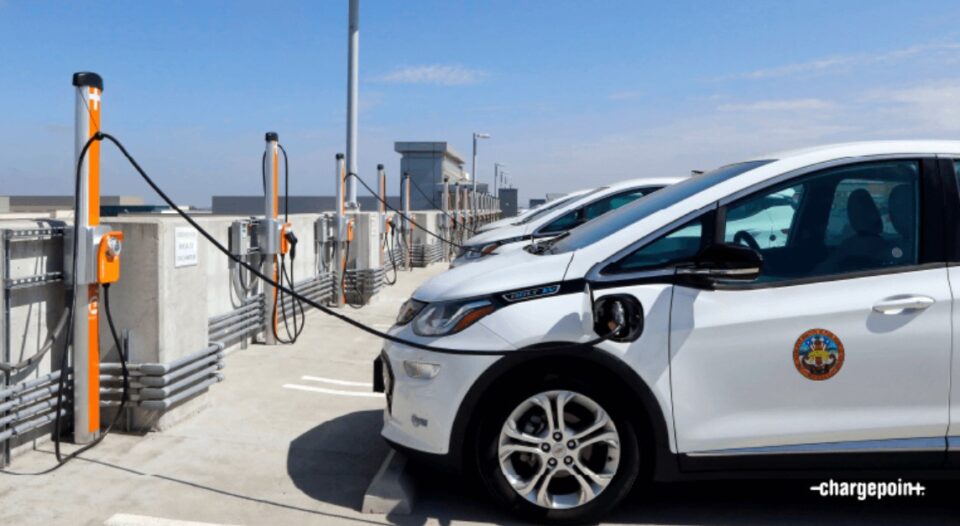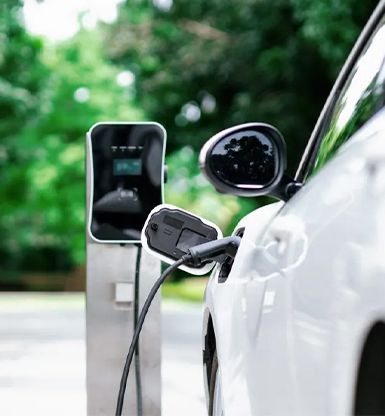Key Innovations in the EV Sector You’ll Find in Today’s Buy EV Charging news
Key Innovations in the EV Sector You’ll Find in Today’s Buy EV Charging news
Blog Article
New Dope in EV Charging: Just How the Market Is Advancing to Meet Need
As the electrical lorry (EV) market proceeds to increase, the billing facilities is undergoing significant makeovers to attend to the surging need. Key advancements in ultra-fast charging technologies, coupled with clever grid combination, are reshaping the landscape. Technologies in battery modern technology pledge enhanced performance and sustainability. The search of international charging criteria stays a vital aspect in making it possible for smooth individual experiences and widespread adoption. The ramifications of these advancements increase important inquiries regarding the future of EV billing and its role in the broader power environment.
Development of Billing Facilities
The fast expansion of electric automobile (EV) billing framework is a vital element in assisting in the prevalent adoption of electric wheelchair. As federal governments, private firms, and consumers increasingly acknowledge the importance of reducing carbon exhausts, financial investments accountable networks have actually risen. This infrastructure development is vital to relieve range anxiety, guaranteeing that EV users have practical access to billing stations.
Significant innovations in billing terminal innovation and implementation techniques have arised. Urban areas are seeing an expansion of public billing stations, while rural areas are slowly being incorporated right into the charging network. Partnerships between automotive makers and charging service providers are coming to be a lot more usual, facilitating the establishment of comprehensive networks that enhance customer experience and accessibility.
Additionally, the combination of renewable resource resources right into billing terminals is acquiring energy, promoting sustainability in the EV community. This transition not only supports environmental goals however also aligns with the increasing demand for environment-friendly energy solutions among customers.
Ultra-Fast Charging Technologies
Ultra-fast charging modern technologies represent a considerable leap forward in the EV charging landscape, enabling electric automobiles to charge in a fraction of the time compared to standard charging methods. These advancements typically provide power levels surpassing 150 kW, with some systems rising to 350 kW or more, significantly minimizing billing times to as little as 15-30 mins for a significant fee.
Secret enabling technologies consist of improvements in battery chemistry, power electronics, and thermal administration systems. For example, high-capacity batteries with improved thermal stability allow for faster billing without overheating. In addition, growths accountable facilities, such as liquid-cooled cables and modular charging stations, promote reliable power transfer, enhancing the overall individual experience
Significant auto makers and technology companies are proactively investing in ultra-fast charging networks, acknowledging the essential function they play in overcoming range anxiety and accelerating the adoption of electric lorries. As these technologies become much more commonly offered, the EV market is expected to witness substantial development, making electrical wheelchair a more appealing alternative for consumers. Generally, ultra-fast billing technologies are critical in forming the future of sustainable transport, leading the way for a much more efficient and substantial charging ecological community.
Smart Grid Combination

Via demand action methods, clever grid systems can readjust billing routines based on grid problems and electricity prices. During periods of high need, charging can be delayed to off-peak hours, resulting in lower expenses for consumers and minimized pressure on the grid. Additionally, vehicle-to-grid (V2G) modern technologies enable EVs to release energy back right into the grid, offering secondary solutions and boosting grid stability.
Combination with renewable resource resources better increases the sustainability of EV charging. By aligning billing tasks with durations of high solar or wind generation, smart grids promote a greener billing facilities. Inevitably, clever grid combination not only supports the expanding need for EVs however also contributes to an extra durable and lasting power future, positioning the industry for long-lasting success.
Battery Innovations
Among the quick advancement of electrical cars (EVs), battery innovations stand at the leading edge, driving improvements in performance, performance, and sustainability. As the demand for EVs rises, suppliers and scientists are concentrating on enhancing battery technologies to resolve difficulties such as variety stress and anxiety and billing times.
Lithium-ion batteries remain the most commonly used modern technology, yet brand-new materials and chemistries are arising to improve energy density and longevity. Solid-state batteries, for circumstances, assure better power storage space capability and improved safety by changing fluid electrolytes with strong ones. This shift might Get More Info significantly reduce the risk of fire and raise the lifespan of batteries.
In addition, developments in battery recycling procedures are critical for sustainability. Business are creating approaches to recover useful products like lithium, cobalt, and nickel from utilized batteries, advertising a round economy and lowering environmental impact.

International Charging Standards

Initiatives are underway to develop international charging criteria that promote compatibility among different EV models and charging stations. Organizations such as the International Electrotechnical Compensation (IEC) and the Society of Automotive Engineers (SAE) are functioning collaboratively with vehicle producers and power carriers to create detailed guidelines. EV Charging news. These standards goal to improve the billing procedure, reduce the demand for multiple adapters, and improve user experience
In addition, standardization can substantially bolster the development of the charging network, as it urges investment by making framework development much more effective and foreseeable. As the EV market grows, a unified technique to charging standards will be vital for making certain that customers can charge their lorries conveniently and accurately, therefore supporting the broader transition to lasting transport.
Conclusion
The electrical vehicle charging sector is undergoing considerable improvement to address the rising need for sustainable transport. Our site Advancements in charging infrastructure, ultra-fast technologies, smart grid assimilation, and cutting-edge battery services are pivotal in improving individual experience and operational efficiency.
Urban locations are seeing an expansion of public billing terminals, while country regions are progressively being integrated into the charging network. Furthermore, growths in charging framework, such as liquid-cooled cables and modular billing terminals, promote effective power transfer, boosting the general individual experience.
Overall, ultra-fast billing innovations are critical in forming the future of lasting transport, leading the means for an extra extensive and reliable charging community. - EV Charging news
By aligning charging activities with periods of high solar or wind generation, smart grids advertise a greener billing facilities.Efforts are underway to establish worldwide billing requirements that facilitate compatibility amongst different EV models and billing stations.
Report this page